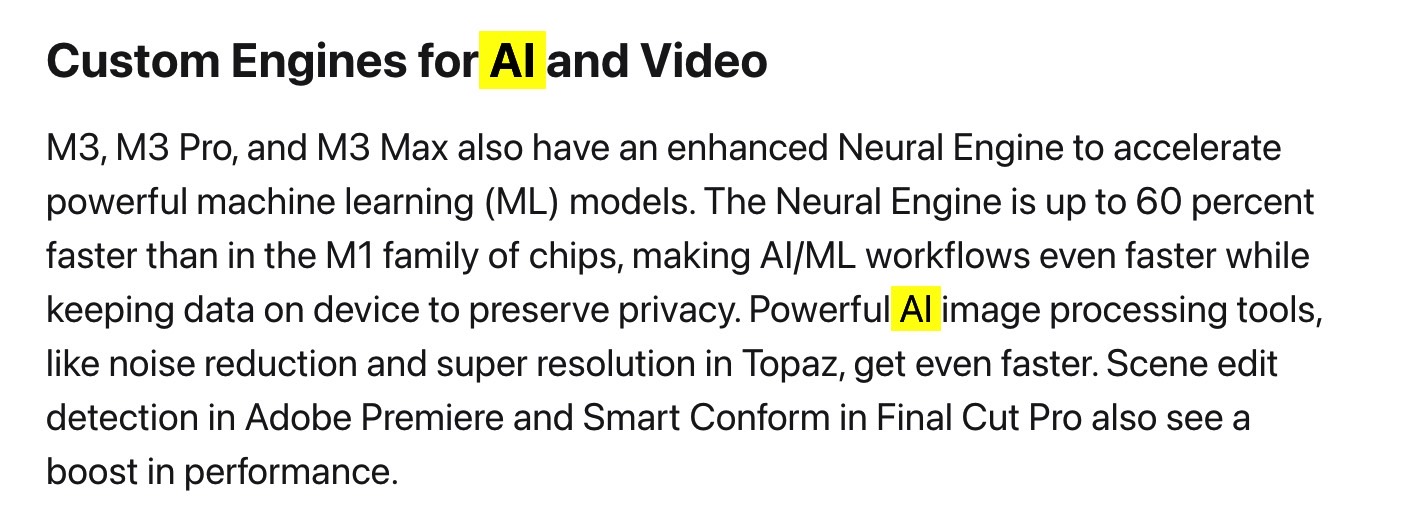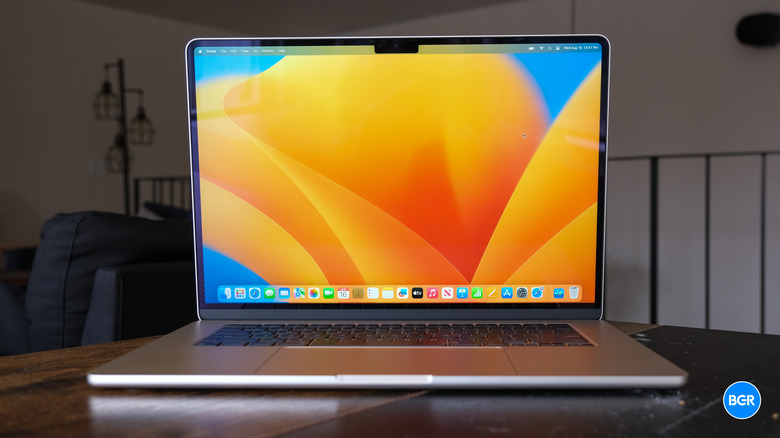iOS 18 Is All About iPhone AI, And Apple's M3 MacBook Air Announcement Is Proof
A report over the weekend said Apple's spring 2024 product updates aren't going to warrant a March event. The OLED iPad Pro and M3 MacBook Airs would reportedly both get this treatment. It turns out the report was right on the money, at least for the 13-inch and 15-inch MacBook Air modes, which just received their M3 upgrade.
Apple announced the 2024 MacBook Air refresh via a press release, just as rumored. The M3 MacBook Air might not have deserved a press event since it's barely an upgrade over the M2 model, but Apple did give it something special. Apple peppered its press release with references to AI, making it seem like the M3 MacBook is the laptop for generative AI.
The glaring issue here is that Apple refers to third-party AI product experiences on the MacBook Air. But I think this marketing push for AI is about something else, the imminent arrival of "Apple GPT," which is what we've been calling Apple's upcoming ChatGPT rival. Apple is supposed to unveil its large language models at WWDC 2024. At this point, there should be no doubt in your mind that iOS 18 and macOS 15 are all about AI.
Detailing the M3 MacBook Air's performance upgrades, Apple makes this point about AI in the press release:
Enhancing an image with AI using Photomator's Super Resolution feature is up to 40 percent faster than the 13-inch model with the M1 chip, and up to 15x faster for customers who haven't upgraded to a Mac with Apple silicon.1
Later, Apple calls the M3 MacBook Air the "world's best consumer laptop for AI." The company goes on to cover even more AI capabilities in that can run locally or in the cloud:

Let's compare this with Apple's press release for the 15-inch M2 MacBook Air from WWDC 2023. At the time, Apple was going out of its way to avoid saying "AI" on stage. Those were the first months of tech announcements following the arrival of ChatGPT. By early June when Apple hosted its annual WWDC event, Google and Microsoft had already turned AI into core technologies for their software products.
Apple remained silent. As a result, the 15-inch M2 MacBook Air got no AI mentions in the press event.
In late October, Apple unveiled the M3 chips, and that announcement had plenty of AI references in it. Like this:
Additionally, support for up to 128GB of memory unlocks workflows previously not possible on a laptop, such as AI developers working with even larger transformer models with billions of parameters.
And this:
M3 Max pushes the transistor count up to 92 billion and takes pro performance to the next level. The 40-core GPU is up to 50 percent faster than M1 Max, and support for up to 128GB of unified memory allows AI developers to work with even larger transformer models with billions of parameters.
Apple also dedicated a paragraph to AI image processing:

Strangely enough, the M3 MacBook Pro press release that dropped on the same day does not mention AI once. However, it does refer to machine learning.
Fast-forward to the M3 MacBook Air announcement and MacBook Air models are suddenly the "world's best consumer laptops for AI." If anything, the M3 MacBook Pro would be the best laptop for AI development, not the Air.
All of that proves that AI will become a big focus for Apple this year. The change is obvious just by looking at these announcements.
Apple is ready to talk about AI and is not afraid to use the term for marketing purposes. It wouldn't do it if we weren't about to learn more about Apple's own large language models. WWDC 2024 is just three months away. We don't have a date, but that's probably where Apple's GPT(s) will come out of hiding.
Meanwhile, you can order an M3 MacBook Air right now.
